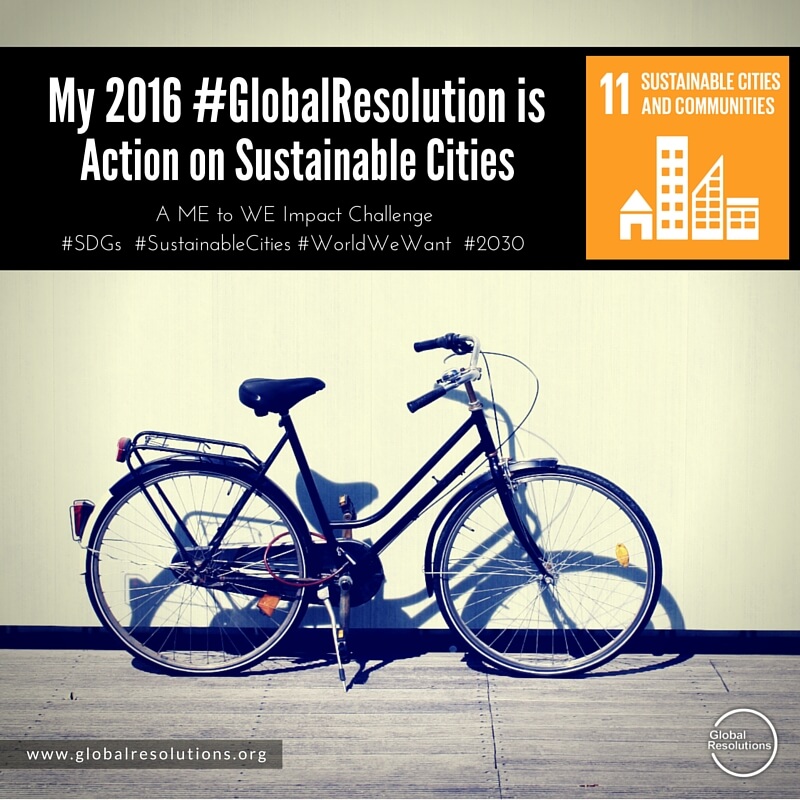#SustainableCities
Goal 11 – Cities
More than half the world’s population lives in urban areas and it is a global issue. It is estimated that by 2050, 70% of the world’s population will live in cities and towns. Cities enable people to advance economically and socially and serve as hubs for ideas, commerce, culture, science, productivity, and social development. The challenges which are common in urban areas are congestion, a shortage of housing, declining infrastructure, and the need for additional funds to provide basic services. Please join the awareness initiative and visit www.un.org/sustainabledevelopment/cities/ to learn more about making cities inclusive, safe, resilient, and sustainable. Join the community. Make sustainable cities your resolve.

Progress
The U.N. goal has several targets, and addresses the different problems that existing and expanding urban settlements face in both developed and developing countries. Those issues include making housing affordable, ensuring that all people have access to basic services, improving transportation systems, protecting people in “vulnerable situations” such as disasters, curbing the effects of climate change, and providing universal access to green and public spaces. The Advisory Group, which includes leaders from the public and private sectors, and which represents all modes of transport, pledged its support to advance the implementation of climate-related solutions. “The problem of climate change is severe, and we need a large-scale shift in transport—in large cities, in rural areas, all around the world.” “By strengthening the links between the modes of transport, and keeping people’s need for access at the center of our thinking, we will make real progress.”
Challenges
“This next 15 to 20 years is going to see the largest migration into cities ever both historically and looking into the future. So this is our chance to get cities right.”
“The challenges cities face can be overcome in ways that allow them to continue to thrive and grow, while improving resource use and reducing pollution and poverty. The future we want includes cities of opportunities for all, with access to basic services, energy, housing, transportation and more.”
United Nations facts regarding cities:
- Half of humanity – 3.5 billion people – lives in cities today
- By 2030, almost 60 per cent of the world’s population will live in urban areas
- 95 per cent of urban expansion in the next decades will take place in developing world
- 828 million people live in slums today and the number keeps rising
- The world’s cities occupy just 3 per cent of the Earth’s land, but account for 60-80 per cent of energy consumption and 75 per cent of carbon emissions
- Rapid urbanization is exerting pressure on fresh water supplies, sewage, the living environment, and public health
- But the high density of cities can bring efficiency gains and technological innovation while reducing resource and energy consumption
To learn more go to UN.org
“Goal 11: Make cities inclusive, safe, resilient and sustainable”